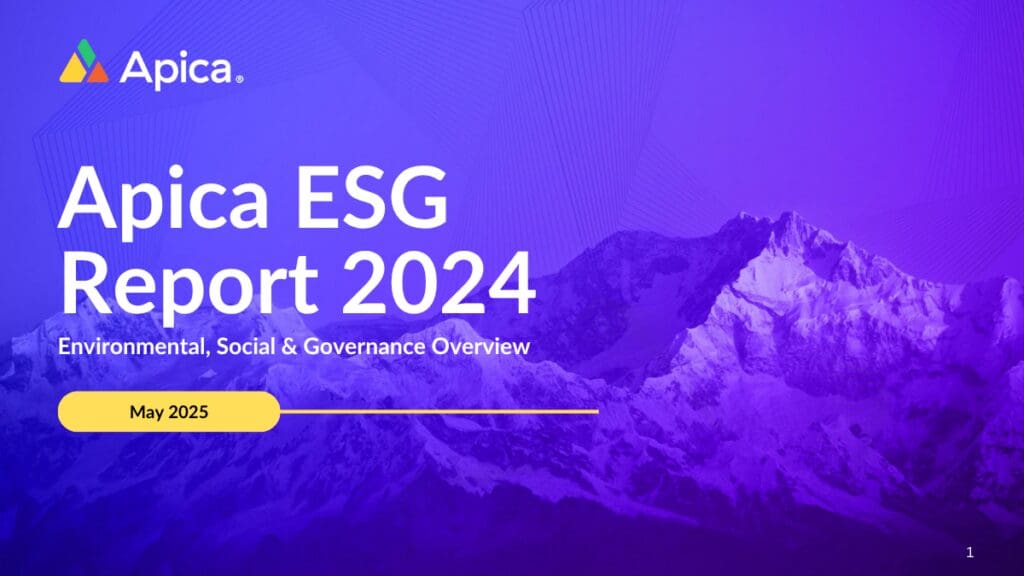When large software and services are split down into micro applications or microservices, they become simpler to maintain. Microservice design has grown popular among developers as a way to prevent or reduce problems.
The modular architecture method of development results in the flexible and dynamic execution of highly-defined and distinct tasks by dividing huge programs into independent but loosely linked components. It also makes API administration a lot easier.
Microservice observability requires simple access to data that is critical for determining the reasons for communication failures or abnormal system behavior. This starts with observability and the ability to comprehend your microservice architecture’s behavior.
Breakdown of the most frequent microservices observability issues and how to deal with them:
Exhausting amounts of data and tasks
3 pillars of observability – logs, metrics, and traces result in massive volumes of data being generated. While they’re meant to provide you with a clear view of each program in your architecture, the massive volumes of data they gather may be difficult to manage. Similarly, logging, collecting metrics, and tracing include a diverse set of activities.
When data is collected and managed manually, the process might take a long time. Automation has the potential to become a bottleneck in the project life cycle if it is used. In any case, businesses will be confronted with a problem that requires serious consideration and a suitable solution.
Fortunately, advances in DevOps have provided effective solutions to the issue of data overload. Both the tediousness and the bottleneck concerns may be solved concurrently with the aid of artificial intelligence and well-designed automation. To manage container deployment, autoscaling, resource scheduling, and other duties, it’s a good idea to use a sophisticated orchestration platform
Difficulty in getting microservices to communicate with each other
Microservices must communicate with one another to achieve their goals. However, it is easier said than done. Many developers find it difficult to make microservices discover each other on the network and communicate data and instructions in perfect synchronization so that the bigger program or system they represent can function properly.
Coordinating the functionality of microservices entails several considerations, including routing around troublesome regions, rate limiting, and load balancing, to name a few. These functions are normally handled by advanced RPC frameworks. In a microservice design, a service mesh may also be employed to provide inter-service communication.
To achieve sustainable microservices observability within the microservice architecture, the service mesh functions as a lineup of proxies, often known as sidecars. They operate alongside each of the services, acting as an intermediary between microservices and other sidecars by passing information and instructions to them rather than the microapps or services themselves.
The service mesh provides indirect communication, which eliminates or minimizes the need to manually write communication logic in the design. Developers no longer need to thoroughly review each service in the design, making it simpler to discover and identify communication issues.
Increased latency and decreased reliability
The decomposition of a monolithic system into microservices has the potential to impair the system’s overall dependability. When difficulties arise in a monolithic system, the failure options are generally restricted to bugs or the possibility of the whole server crashing. The number of failure points rises dramatically if this monolith is broken into a hundred services or components operating on various servers, for example.
When a monolith is divided down into several services, on the other hand, the latency may grow. Consider the following scenario: Every microservice in a system has a 1ms average latency, except a handful, say 1% of all services, which have a 1s delay. Many people will likely believe that the few instances of relatively high latency are insignificant and have no effect on the system.
It is beneficial to employ software intelligence platforms to prevent these problems. These platforms are designed to recognize components and dependencies automatically, assess component actions to see whether they are intended or not and discover problems and their main causes. To enable seamless delivery of microservices, software intelligence solutions give a real-time topology of the microservice architecture.
Data and request traceability
In sophisticated microservice settings with dozens to hundreds of micro-apps, data and request traceability is a key difficulty, in turn making data observability in microservices tedious. The microservice design, unlike monolithic systems where code is compiled into a single artifact, faces significant challenges. Requests are routed via several applications in a convoluted manner. Debugging and troubleshooting will be more difficult as a result. Troubleshooting and debugging chores would take up the majority of DevOps teams’ time.
The good news is that throughout the life cycle of a project, developers may utilize a variety of techniques to manage complicated request tracking, including distributed tracing. Many of them, such as OpenTracing, Zipkin, and Jaeger, are open source. These technologies allow identifying and monitoring delivery pipeline bottlenecks and procedures simpler and quicker.
In conclusion, the microservices architecture has significant advantages, but it also poses issues that development teams must overlook. However, these difficulties, particularly in the area of microservice observability, are insufficient to rule out the microservices architecture. Whether you’re new to microservices or a seasoned pro, improving observability doesn’t have to be a monumental task. Rather, it is done step by step. These problems may be successfully handled with the correct tools, tactics, and solutions provided by Apica.











